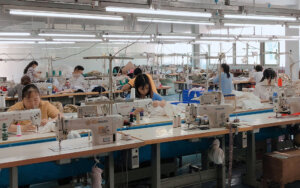Choosing the right clothing fabric can make or break a garment. Imagine all you need is a soft, flowy dress. Now, imagine it’s made of stiff, uncomfortable fabric. Do you see the problem? Choosing the right fabric is crucial to making high-quality, comfortable, and stylish clothing.
Natural fibers such as cotton, wool, and linen are often considered the best fabrics for making clothes because of their breathability and comfort. However, synthetic fabrics such as polyester or blends also offer benefits such as durability and stretchability. Ultimately, the best fabric depends on your specific garment and needs.
You don’t want to end up buying clothing that doesn’t meet your requirements. So, let’s take a closer look at the fabrics that can give you an edge and make your designs stand out.
What Are Natural Fabrics and Why Should You Choose Them?
Natural fabrics are materials derived directly from plants or animals. They are often celebrated for their breathability, comfort, and eco-friendliness. Here’s a quick look at some popular types and why you might want to choose them:
Cotton: Known for its softness and breathability, it’s ideal for warm-weather clothing like T-shirts, dresses, and casual wear. It’s also hypoallergenic and widely available..

Wool: Sourced from sheep, wool provides excellent insulation while remaining breathable. It’s perfect for cold-weather garments like sweaters and coats, as it retains warmth even when damp.

Silk: Luxurious and smooth, silk is lightweight and strong. Its natural sheen makes it a popular choice for elegant dresses and blouses. It’s also hypoallergenic.
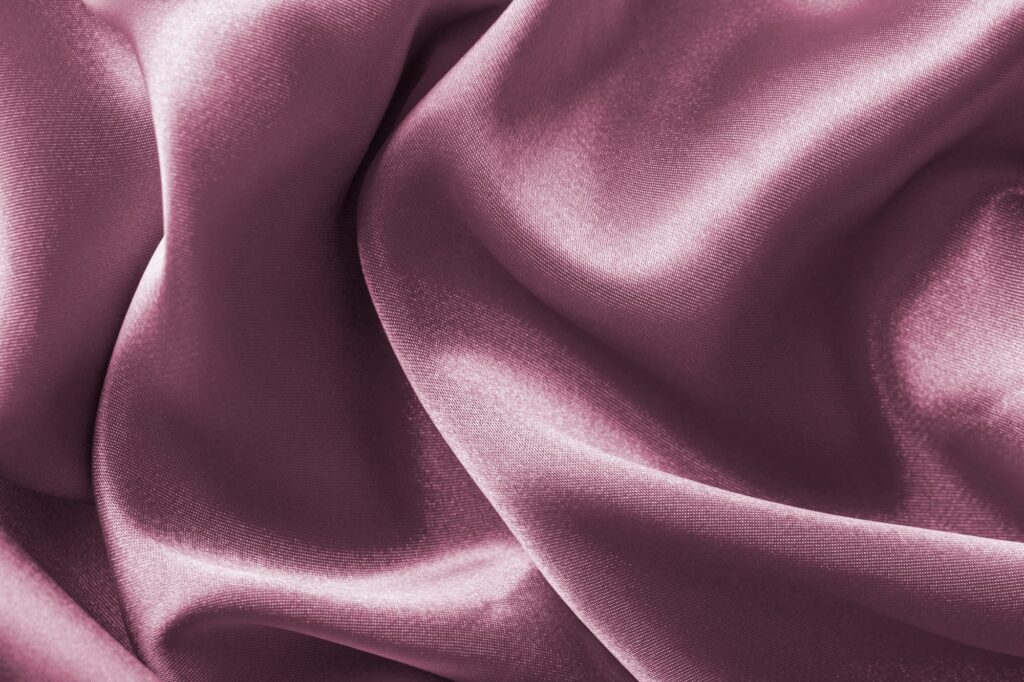
Linen: Made from flax plants, linen is lightweight and breathable, keeping you cool in hot weather. It’s best suited for summer dresses and blouses
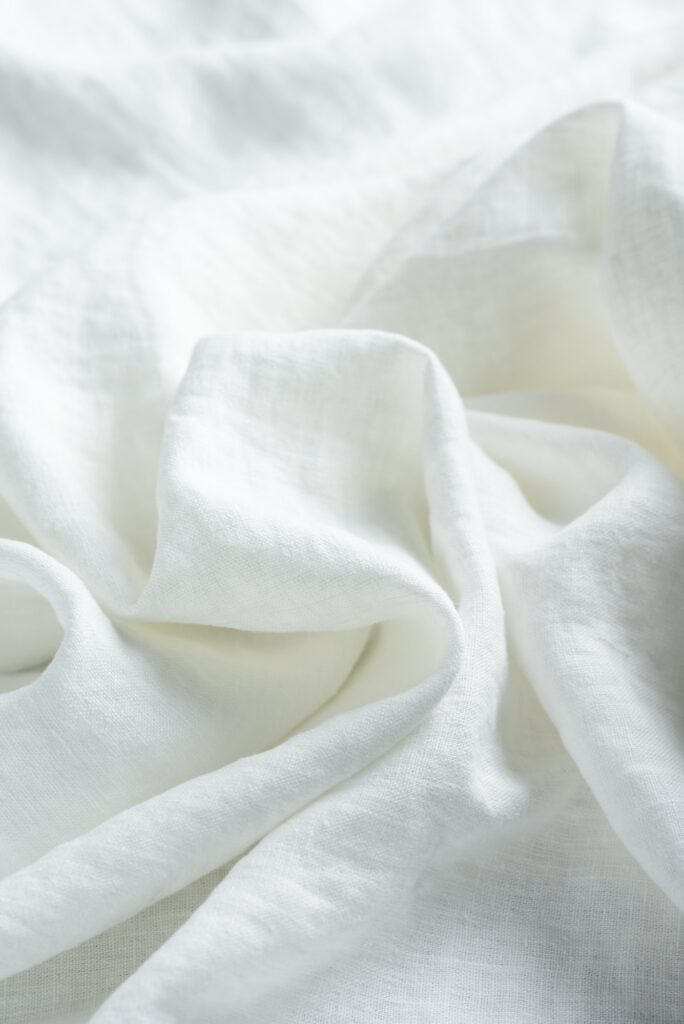
Overall, natural fabrics offer a comfortable feel, good moisture absorption, and are biodegradable, making them a popular choice for those who value both quality and sustainability.
What About Synthetic Fabrics?
Synthetic fabrics are man-made textiles, engineered from chemical compounds rather than sourced directly from plants or animals. Here’s a closer look at some common synthetic fabrics and why you might consider them:
Rayon: Although derived from cellulose (a plant material), rayon is considered semi-synthetic because of the chemical processes involved in its production. It mimics the feel of silk, wool, or cotton and is used in a variety of garments.
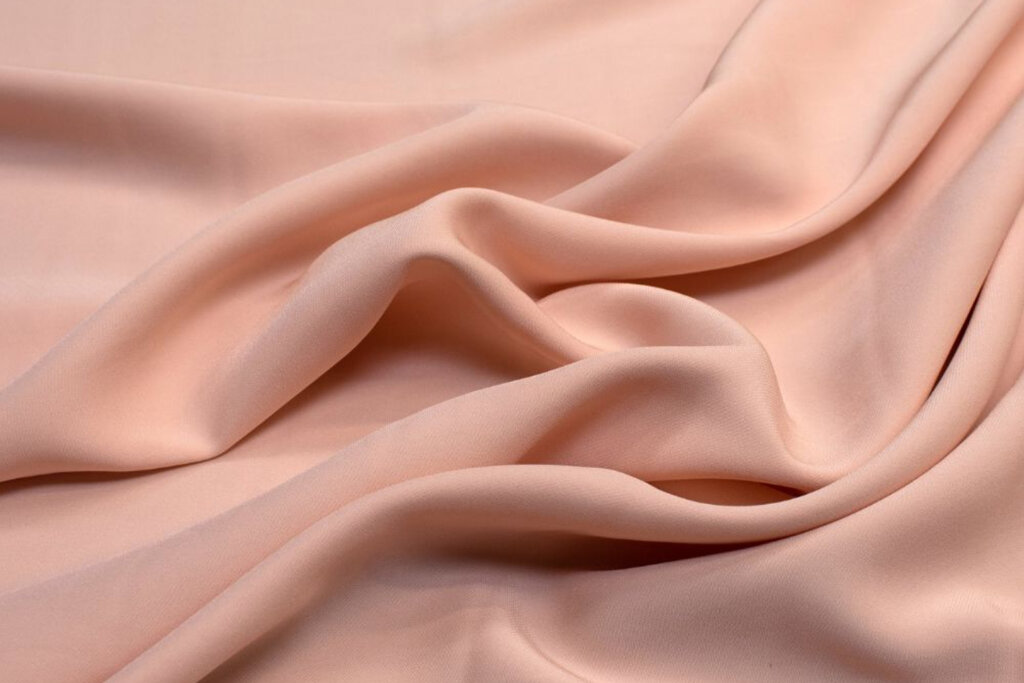
Polyester: One of the most widely used synthetics, polyester is durable, wrinkle-resistant, and has good elasticity. It’s also quick-drying and retains its shape well, making it ideal for sportswear, activewear, and everyday clothing.
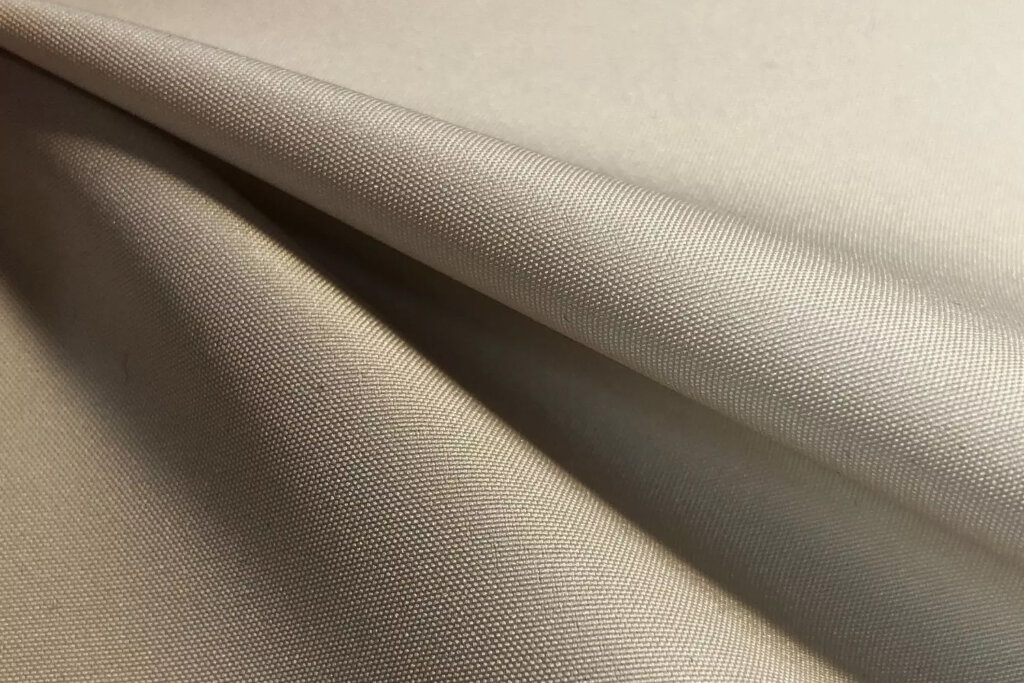
Nylon: Known for its strength and lightweight nature, nylon is commonly used in activewear and hosiery. It’s also quick-drying and resistant to abrasion, making it great for outdoor gear.
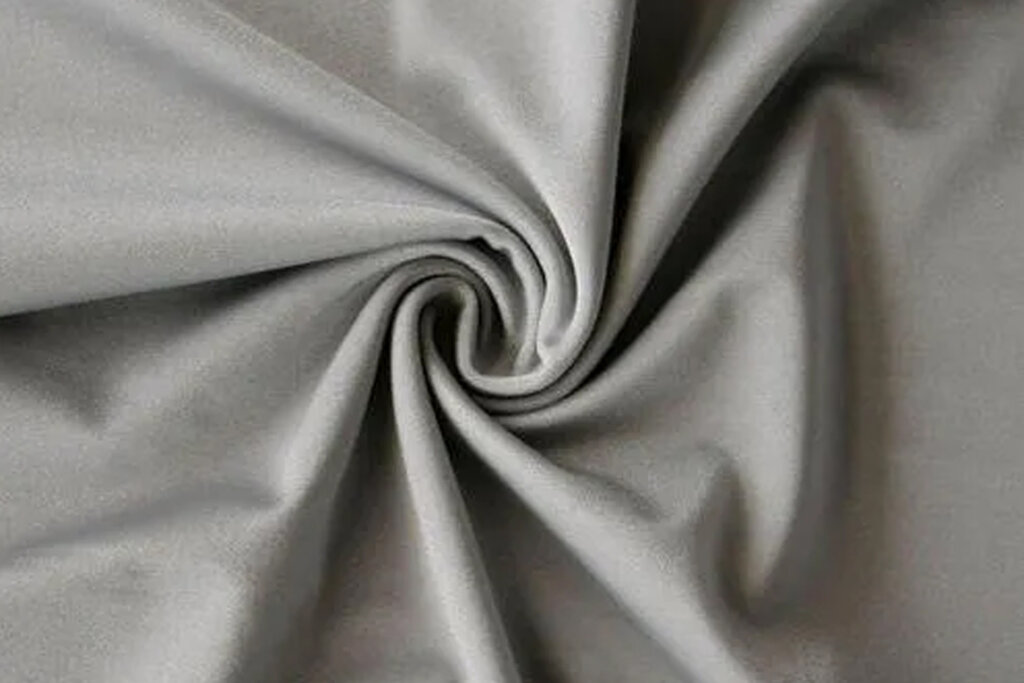
Acrylic: Often used as a wool substitute, acrylic is warm, lightweight, and resists wrinkles and shrinkage. It’s commonly found in sweaters, hats, and gloves.
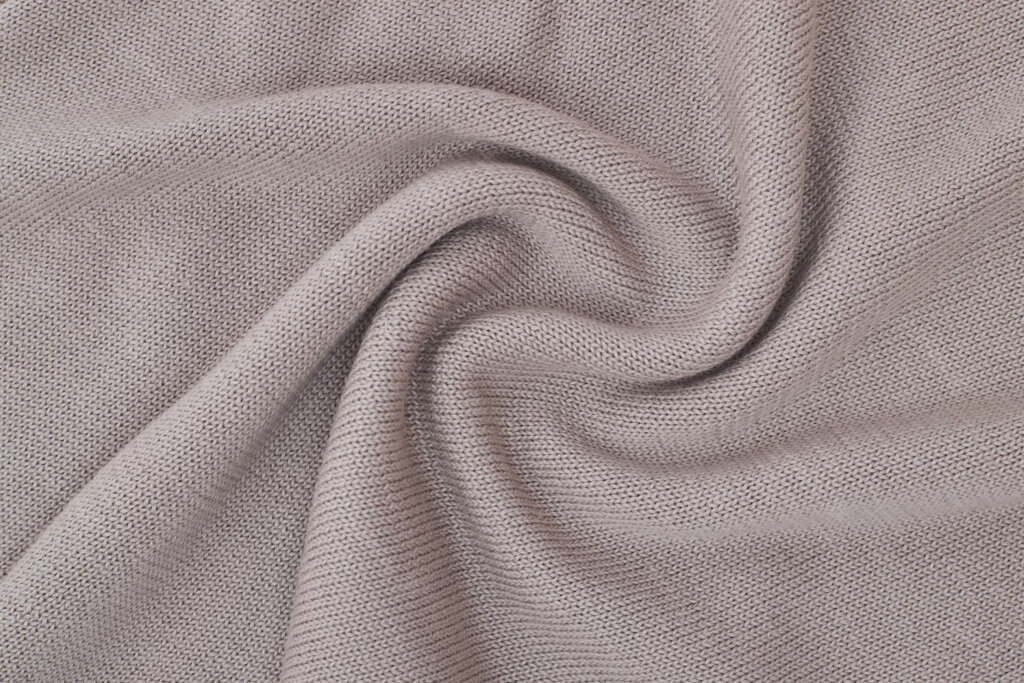
Spandex/Lycra/Elastane: Highly stretchable and durable, spandex is added to garments to provide elasticity and shape retention. It’s found in activewear, swimwear, and other form-fitting clothing.
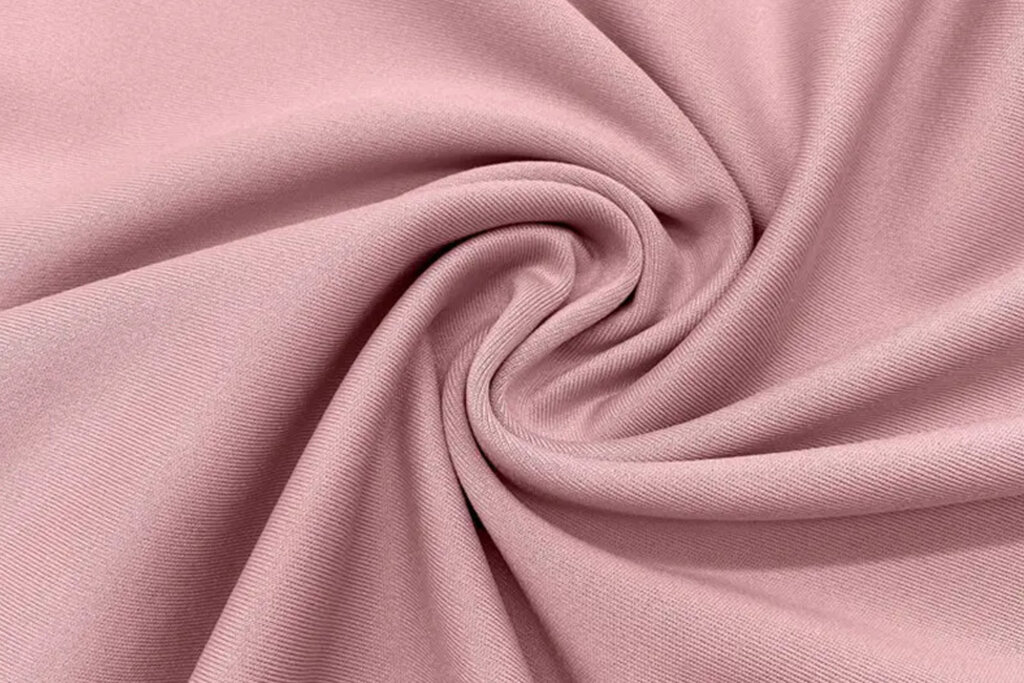
These synthetic fabrics offer benefits like durability, stretch, and resistance to wrinkles and shrinking. Their versatility and affordability make them popular, though their production often has environmental drawbacks due to the use of chemicals and non-renewable resources.
Is Blending Natural and Synthetic Fabrics a Good Idea?
Blending natural and synthetic fabrics is generally a great idea because it allows you to leverage the strengths of both material types while minimizing their individual weaknesses. Here’s why blended fabrics can work well:
- Improved Performance: Blends often combine the best attributes of both materials. For instance, a cotton-polyester blend balances the softness and breathability of cotton with the durability and wrinkle resistance of polyester.
- Cost-Effectiveness: Using a blend can reduce costs, especially if the synthetic component is less expensive than the natural fiber. This can help in producing affordable yet high-quality garments.
- Enhanced Durability: Adding synthetic fibers to natural ones can significantly increase the lifespan of the fabric. Synthetic materials like polyester or nylon often enhance abrasion resistance and minimize shrinkage.
- Versatility: Blends can be tailored to specific needs. For instance, cotton-spandex blends offer the comfort of cotton with the stretchiness of spandex, making them perfect for activewear.
- Easy Care: Synthetic fibers usually add resistance to wrinkles and shrinkage. This results in fabrics that are easier to care for than pure natural fibers.
Ultimately, the blend you choose should match the specific requirements of the garment you’re making. Whether it’s a cotton-polyester blend for T-shirts or a wool-nylon mix for jackets, blended fabrics offer a balance between comfort, performance, and cost.
How Do You Pick the Best Fabric for Your Clothes?

Selecting the best fabric for your clothes depends on a few key factors related to the purpose and functionality of the garment. Here are some practical considerations to help you make an informed choice:
- Purpose of the Garment: Determine what the fabric will be used for. If you’re making sportswear or swimwear, you’ll want moisture-wicking, stretchy fabrics like polyester or spandex. For formal wear, silk or satin might be more appropriate.
- Climate and Season: Consider the weather conditions where the garment will be worn. Breathable fabrics like cotton and linen are great for warm climates, while wool provides warmth in cold weather.
- Durability and Maintenance: Assess how much wear and tear the garment will endure. For everyday items, choose a fabric that’s durable and easy to wash. Synthetic blends like polyester-cotton are often more resistant to wrinkles and shrinkage.
- Comfort and Feel: Pay attention to how the fabric feels against the skin. Soft, breathable fabrics like cotton or bamboo are perfect for everyday wear, while silk provides a luxurious feel for special occasions.
- Budget and Availability: Ensure that fabrics are cost effective and available in the quantities needed.If you are on a budget but want high quality, then blended fabrics are a good option. When working with a garment manufacturer, you can tell them your requirements and budget so they can recommend the most cost-effective fabrics to complete the production.
- Style and Aesthetics: Choose a fabric that aligns with the design and style of your garment. Different fabrics drape differently, so the right choice can make or break the look.
By evaluating these factors, you can choose the most suitable fabric that complements both the design and practicality of your clothing.
What Other Factors Should You Consider?
In addition to purpose, climate, and style, consider these factors when choosing the best fabric for your clothes:
- Elasticity and Stretch: If the garment requires flexibility, like activewear or swimwear, look for fabrics with a blend of elastane (spandex/Lycra). This will allow the garment to stretch and return to its original shape.
- Weight and Thickness: Fabric weight affects how the garment will drape and feel. Lightweight fabrics like chiffon are great for flowing dresses, while heavier fabrics like denim or wool offer structure and warmth.
- Breathability: If you’re making clothes for a hot climate or for doing something active, choose fabrics that let air through. Cotton, linen, and moisture-wicking synthetics like polyester keep you cool.
- Color and Print: Some fabrics hold dye better than others, influencing how vibrant or fade-resistant the color will be. Consider whether the fabric can be dyed, printed on, or finished in a way that aligns with your design.
- Allergies and Sensitivities: Consider potential allergic reactions to certain fibers. Natural fibers like cotton and bamboo tend to be hypoallergenic, while wool and synthetics might irritate sensitive skin.
- Sustainability: If you’re focused on eco-friendly production, consider the environmental impact of your fabric choices. Organic cotton or fabrics made from recycled materials may align better with your values.
By thinking through these aspects, you’ll be better equipped to choose the ideal fabric that meets your design, comfort, and practical needs.
How Can You Ensure Quality Control?
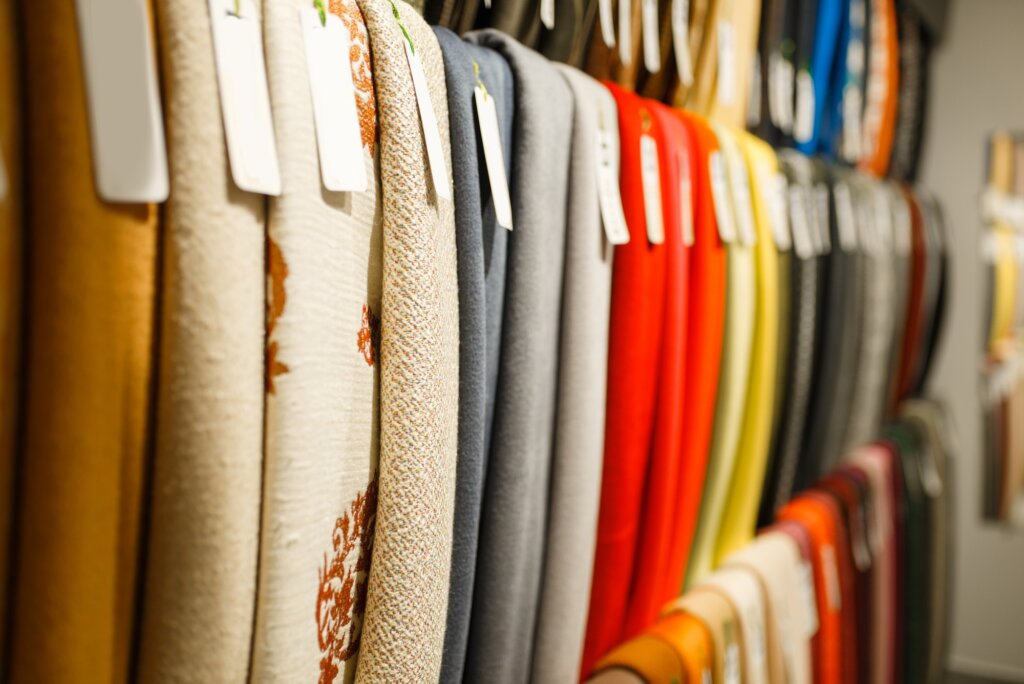
Ensuring quality control is crucial for delivering high-standard garments and maintaining your reputation. Here are some effective ways to ensure consistent quality:
Choose Reputable Suppliers: Work with suppliers known for their reliability and consistency. Seek recommendations, review ratings, and visit factories if possible.
Request Fabric Samples: Before committing to a large order, request fabric samples to verify the quality, texture, and color. This will help you avoid surprises when the bulk shipment arrives.
Certifications and Standards: Check that the supplier adheres to international quality standards or has relevant certifications like ISO9001,GSCI , or Sedex. These certifications assure that the fabrics meet specific quality and safety criteria.
Inspection at Each Production Stage: Implement quality checks at various production stages. This can include fabric inspection, pattern verification, and stitching quality assessment.
Testing: Perform fabric tests, such as shrinkage, colorfastness, pilling, and tensile strength. This ensures the material meets the requirements for its intended use.
Clear Specifications: Provide suppliers with precise specifications regarding fabric composition, weight, color, and finishes. Clear communication minimizes misunderstandings.
By implementing these steps, you can significantly reduce the risk of quality issues and ensure your clothing meets the highest standards.
Conclusion
The best fabric choice ultimately hinges on the specific requirements of your garment and your customers’ needs. Natural fibers like cotton and wool are trusted for their breathability and comfort, while synthetic fabrics like polyester and nylon offer durability and stretch. Blended fabrics can combine these strengths, creating versatile materials suitable for various styles.


